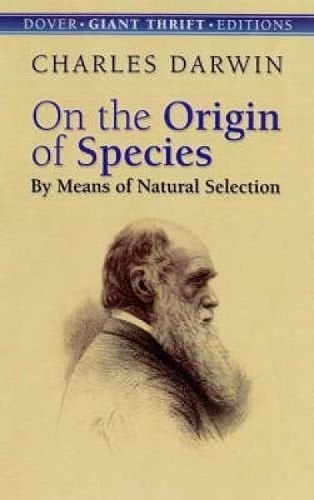

The presence of useless or vestigial organs. Then diverge from each other as their development progresses, and Organisms, the tendency of embryos to look similar to each other and Including the patterns emerging from the classification of Theory of evolution by natural selection can explain many phenomena, In chapter thirteen, he discusses the fields ofĬlassification, morphology, and embryology. Twelve, Darwin details facts from geology, archeology, andīiogeography. In which Darwin shows how natural selection can explain facts from

The sixth and final edition, published on 19įebruary 1872, appeared with the shortened title The Origin ofĬhapter thirteen is part of a group of chapters Since the first edition,įive subsequent editions appeared, and the title of the book endured That time, Darwin lived in Kent, England. Murray publishing house in London, England, on 24 November 1859. Struggle for Life was published by John Murray III of the John Natural Selection, or the Preservation of Favoured Races in the In this chapter,ĭarwin also discusses classification and homology as they relate to Their current form, is inferior to the theory of natural selectionįor its ability to explain the diversity of life. Darwin shows how the theory of specialĬreation, which claims that God directly created all organisms in In this chapter, Darwin summarizes the evidence for evolution byĬonnecting observations of development in organisms to the processes The book details part of Darwin's argument for the commonĪncestry of life and natural selection as the cause of speciation.

"Mutual Affinities of Organic Beings: Morphology:Įmbryology: Rudimentary Organs" is the thirteenth chapter of Charlesĭarwin's book The Origin of Species, first published inĮngland in 1859. The Origin of Species, "Chapter Thirteen: Mutual Affinities of Organic Beings: Morphology: Embryology: Rudimentary Organs" (1859), by Charles R.


 0 kommentar(er)
0 kommentar(er)
